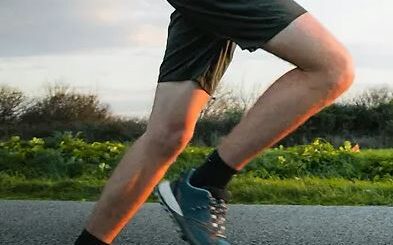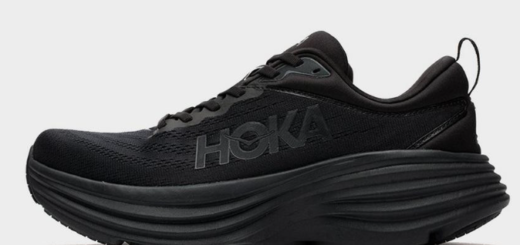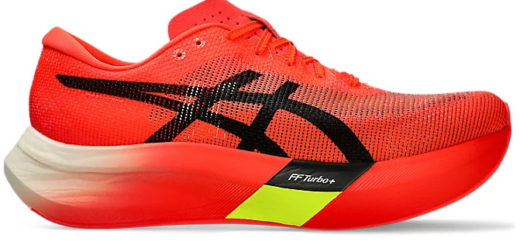Why Toebox Fit Can Make or Break Your Run: The Ultimate Guide to Choosing Right
When shopping for running shoes, the spotlight often falls on midsole cushioning, drop ratios, and outsole grip. Yet, the space around your toes—the toebox—is one of the most essential aspects influencing comfort and performance. Overlooking this can lead to a poor running experience, or worse, injury.
In this comprehensive breakdown, we’ll highlight why toe room matters, what to consider based on foot type, how shoe categories vary in fit, and the role of socks and shoe construction in optimizing your run.
Why the Toebox Matters More Than You Think
Every runner’s foot is unique—no two are shaped alike. The variation in toe length, foot width, and arch structure means a one-size-fits-all approach to shoes doesn’t work. The toebox, which accommodates your toes during movement and swelling, plays a pivotal role in allowing your foot to function naturally.
Without the right space in this zone, your toes can’t splay properly on impact, leading to discomfort and even structural problems over time. A cramped toebox can lead to persistent issues, while too much room can throw off your gait. Getting this detail right is foundational for injury-free running.
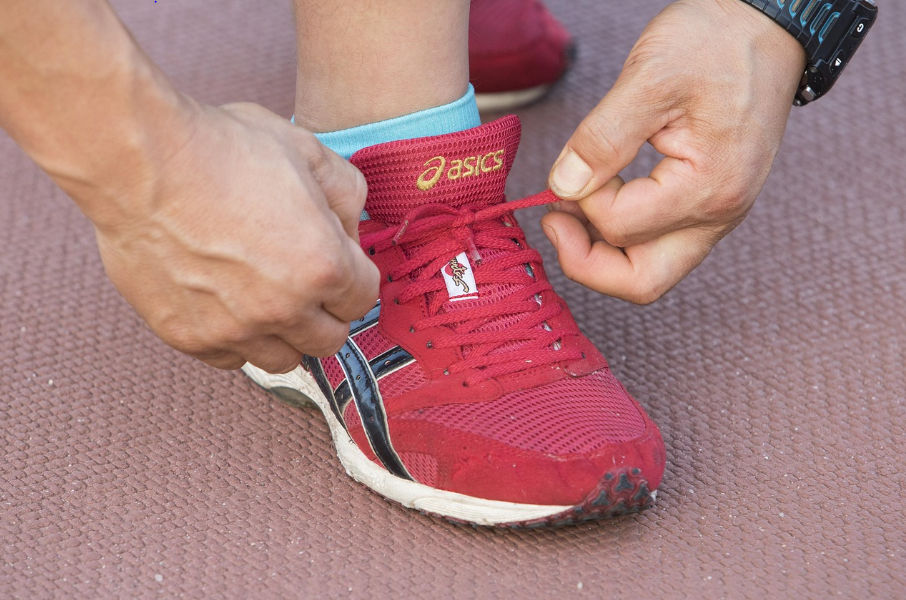
When the Fit Goes Wrong: Risks of Tight Toeboxes
If your running shoes squeeze your toes, it’s more than a nuisance—it’s a hazard. Several problems arise from inadequate space in the front of your shoe:
- Ingrown toenails develop when pressure causes the nail to grow into the skin.
- Neuromas, particularly Morton’s neuroma, can arise from pinched nerves in the toes.
- Bruised toenails, known as black toenails, result from impact trauma.
- Metatarsalgia occurs when inflammation develops in the ball of the foot due to crowding.
- Corns and calluses can become painful if repetitive friction builds up.
- Bunions (hallux valgus) are often worsened by tight shoes pushing the big toe inward.
- Toe stiffness (hallux rigidus) becomes more severe with restricted space.
- Blisters develop from ongoing rubbing, especially on the pinky or big toe.
- Lace bite affects the instep when tight lacing compensates for poor fit.
All of these can be mitigated with a toebox that provides just the right amount of freedom for your toes to spread naturally.
The Pitfalls of Oversized Toeboxes
Going too far in the opposite direction also spells trouble. If your toes have too much room, your foot will slide during each stride. This leads to:
- Blisters from constant rubbing.
- Bruised toenails from toe impact during descents.
- Instability from toe clenching, which can lead to hammer toes and bunions.
- Increased risk of ankle injuries due to poor lateral support.
The key lies in balance—a toebox that doesn’t squeeze, but also doesn’t allow the foot to drift.
Toebox Trends: What the Data Tells Us
Studies and in-house measurements of various running shoes have revealed fascinating patterns. Generally, a wider upper corresponds to more space near the big toe. However, some brands buck the trend. For instance, Altra consistently offers more anatomical room, while Adidas and Nike tend to produce narrower fits.
Notably, shoes built for speed—like race-day models—tend to be narrower and more tapered to save weight and improve responsiveness. Conversely, daily trainers typically feature wider toe areas to support comfort over long miles.
Interestingly, price doesn’t equate to spaciousness. In fact, narrower, performance-oriented shoes often cost more, while more generously fitting trainers are usually budget-friendly.
Know Your Foot Type, Choose the Right Width
Understanding your foot shape is crucial. Men’s shoes typically come in widths from B (narrow) to 4E (extra wide), while women’s range from A (narrow) to 2E (extra wide). Your choice should depend on more than just width—how your toes align, how wide the ball of your foot is, and whether your arch collapses when you run all factor in.
Some runners find that switching to a shoe made for the opposite gender provides a better fit. Others require wide versions of a favorite model. Still others benefit from foot-shaped designs, which mimic the natural curve of the foot.

Three Types of Shoes, Three Different Toebox Fits
Not all running shoes are designed to fit the same. Here’s how toebox fit changes by category:
Daily Trainers
These prioritize comfort and longevity, so expect more room in the toebox. Brands like Altra and Topo shine here, offering roomy toe areas that allow for full toe splay. This space is ideal for long, easy runs when your feet swell or for those logging high mileage.
Tempo Trainers
Shoes in this category offer a snugger fit for improved responsiveness but still provide some comfort for mid-distance or speed sessions. Runners might need to size up slightly or wear thinner socks depending on the brand and design.
Racing Shoes
Speed shoes hug the foot tightly. Their toebox is often narrow, with minimal space for movement. That’s fine for races but risky for anything beyond a few hours. For ultra distances, a roomier fit or half-size increase is advised.
Simple Test to Check Toebox Fit
One easy way to determine if the toebox is right for you is to remove the insoles from your shoes and stand on them. If any part of your foot spills over the edge, the shoe likely doesn’t provide adequate toe space. This test mimics how your foot behaves under full body weight and simulates real running conditions.
Does Toebox Height Matter?
Absolutely. Some runners develop black toenails because the top of their toes—especially the big one—strikes a rigid upper repeatedly. While vertical space helps, the real issue may lie in the stiffness of the upper materials, like hard TPU overlays that don’t give when your toes push upward.
Soft, flexible uppers are usually kinder on your toes, especially for longer runs. A shoe that combines vertical height and soft materials can prevent injury and extend shoe lifespan.
Decoding the “Foot-Shaped” Design Trend
Anatomically shaped toeboxes aim to match the natural contours of your foot. Brands like Altra and Topo are champions of this style, focusing on allowing the toes to spread naturally. These shoes are often less tapered and offer a broader fit through the forefoot.
Data supports this design philosophy: foot-shaped shoes tend to reduce injuries tied to pressure and impact on the toes. Still, they’re not for everyone. Some runners prefer the snug feel of a tapered toebox for control during faster efforts.
Don’t Confuse Width With Shape
It’s possible to wear a wide shoe that still doesn’t fit comfortably if the shape isn’t right. For example, someone with Roman foot shape might feel cramped in a shoe made for a Greek foot type—even if the width is technically adequate.
This is why simply ordering a wide version doesn’t always solve fit issues. You need to consider both the width and how your toes align naturally.
Socks Can Change Everything
Socks are an underrated tool for dialing in shoe fit. Here’s how they help:
- Thin socks reduce interior volume and are ideal when your shoe feels tight.
- Regular socks maintain balance and are perfect for shoes that fit well.
- Thick socks can improve fit in shoes that feel a touch too big, especially in cold weather.
Choosing the right sock can enhance comfort and protect against pressure points without changing your shoe.
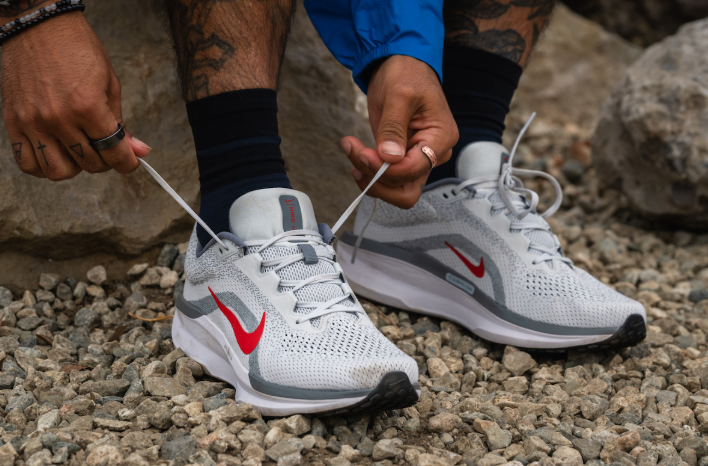
Final Thoughts
The toebox is often an overlooked detail, but it’s one of the most vital components of a good running shoe. Whether you’re chasing a marathon PR or logging peaceful miles on a trail, the comfort and health of your toes should be a top priority.
Pay attention to how your shoes feel, use data and fit tests to guide your choices, and remember: the perfect shoe is not about brand hype or price—it’s about what fits your foot best.
FAQs
What is the main role of the toebox in running shoes?
The toebox provides space for toe splay, reduces pressure during movement, and helps maintain comfort and balance while running.
How can a tight toebox affect runners?
A tight toebox can cause issues like black toenails, bunions, blisters, nerve pain, and reduced toe mobility, potentially leading to long-term injuries.

What problems arise from an overly loose toebox?
An oversized toebox can cause foot slippage, instability, blisters, and toe impact injuries, especially when running downhill or on uneven terrain.
How do foot shapes influence toebox needs?
Different foot shapes (e.g., Roman, Greek, German) require specific toebox designs. A proper match ensures comfort and prevents pressure-related issues.
Are foot-shaped toeboxes better than standard ones?
Not necessarily—they suit some runners better due to their anatomical fit, but others may prefer standard tapered designs for a more locked-in feel.
Does toebox height make a difference?
Yes. Insufficient vertical space, especially with stiff uppers, can lead to toe irritation or bruising during long or uphill runs.
Can socks improve toebox comfort?
Absolutely. Thin socks can ease tight fits, thick ones can fill loose spaces, and the right material helps manage swelling and heat.
How do toebox widths vary across shoe types?
Daily trainers are widest for comfort, tempo shoes are moderately snug, and race shoes are narrow for performance, with minimal room for toe movement.

